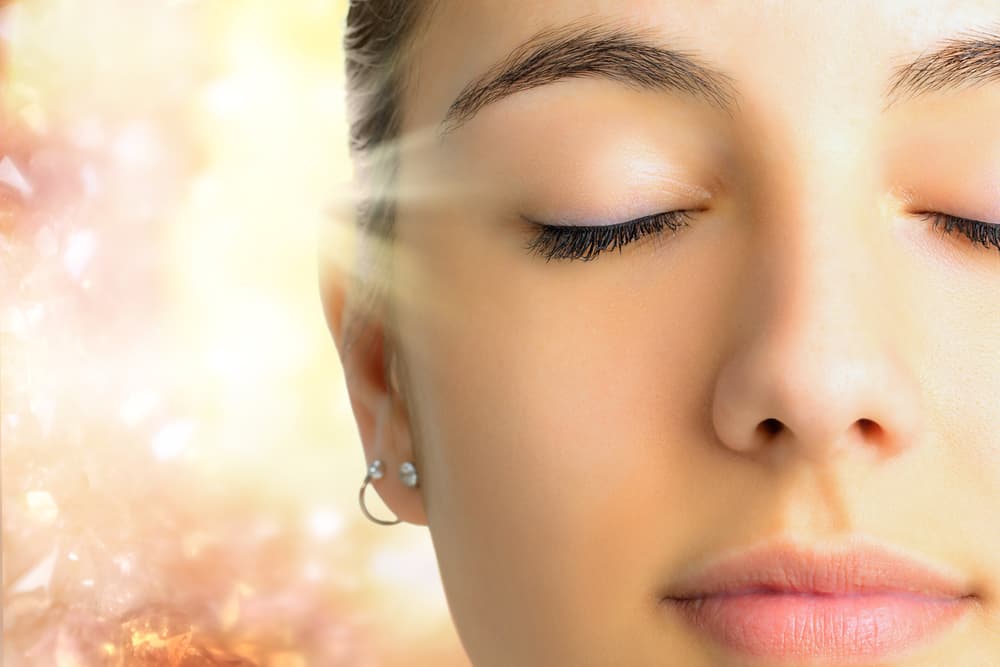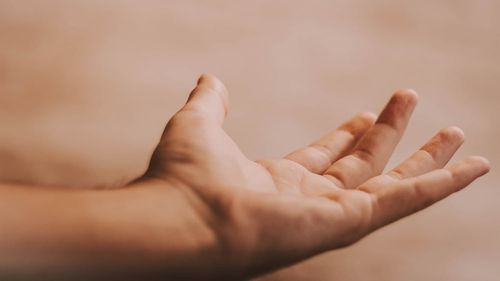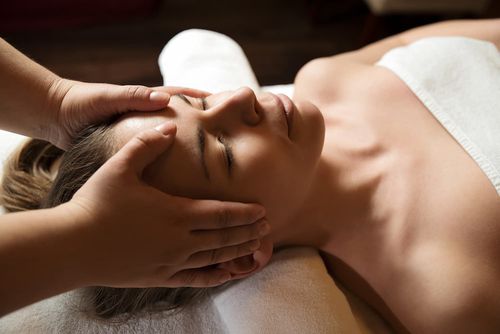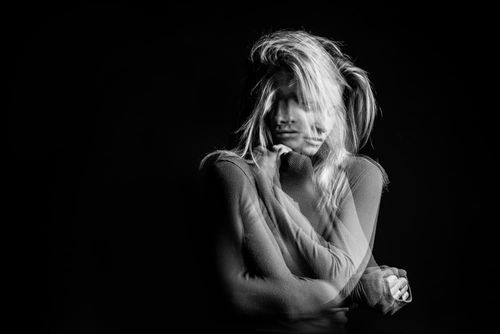What is Light Therapy?
Light therapy is used in the treatment of seasonal affective disorder (SAD) and other conditions. SAD is a mood disorder that happens at a particular time of the year, but usually in winter. Light therapy employs artificial light, which mimics the properties of sunlight, to stimulate brain chemicals that are responsible for mood and sleep in order to ease the symptoms of SAD.

How Does Light Therapy Work?
During a light therapy session, you sit beside a light therapy box and allow the spectrum of visible light it emits to enter your eyes indirectly. Although your eyes are open, you must not look directly at the light box because the bright emission can damage your eyes. You have to perform this therapy on a regular basis, preferably early in the morning, for it to produce positive results. Set a schedule for it and try your best to stick to it.
For the treatment of SAD, a light box with a 10,000-lux is advisable. Maintain a distance of half a meter from the device throughout the treatment.
What are the Benefits of Light Therapy?
Light therapy may not necessarily cure SAD or other forms of depression and health disorders, but it may alleviate the symptoms, boost your energy levels and improve the overall state of your wellbeing. It can also help with the following conditions:
- Dementia
- Bipolar disorder
- Sleep disorders
- Adjusting to night shift work
- Jet lag
- Nonseasonal depression
- Musculoskeletal pain
Are There Other Therapies Similar to Light Therapy?
Dawn-Dusk Simulation (DDS) is the counterpart of Bright Light Therapy that improves your circadian rhythm, or your body's internal clock that regulates your sleep-wake pattern. DDS involves the use of a lamp which emits light simulating dawn. Unlike light therapy, DDS doesn't require scheduling as the signals from the device work automatically while you are asleep; it emits low levels of light when it's night time and illuminates when it's morning.
All you have to do is set your sleep hours and wake-up time on the DDS device. Research has shown that DDS produces antidepressant effects and resolves irregular sleep patterns. Aside from these, it also offers the following benefits:
- Makes waking up in the morning easier
- Facilitates alertness
- Increases energy levels
- Makes sleeping at night easier
- Treats circadian rhythm disorders in patients with dementia
What Can You Expect From Light Therapy?
Before purchasing a light box, ask your primary healthcare provider which type is best suited for your condition. While a therapy session takes an estimated time of 30 minutes, you might need a shorter or longer session, so you should definitely take this matter up with your doctor as well.
You can wear anything you're comfortable in during your treatment session so long as the area to be treated is exposed to the light. Because you'll be seated throughout the session, you can engage in other activities like reading, writing or eating. People with SAD will want to begin light therapy in autumn all the way to the last part of winter.
Is Light Therapy Safe?
Light therapy is generally safe for everyone. However, be extra cautious when choosing a light box because not every single one that's being sold in the market is designed for treating SAD. Other light boxes are meant to treat skin conditions, so they emit high UV rays. It would be best to talk to your doctor first about the type of light box to use and the duration of your therapy session.




